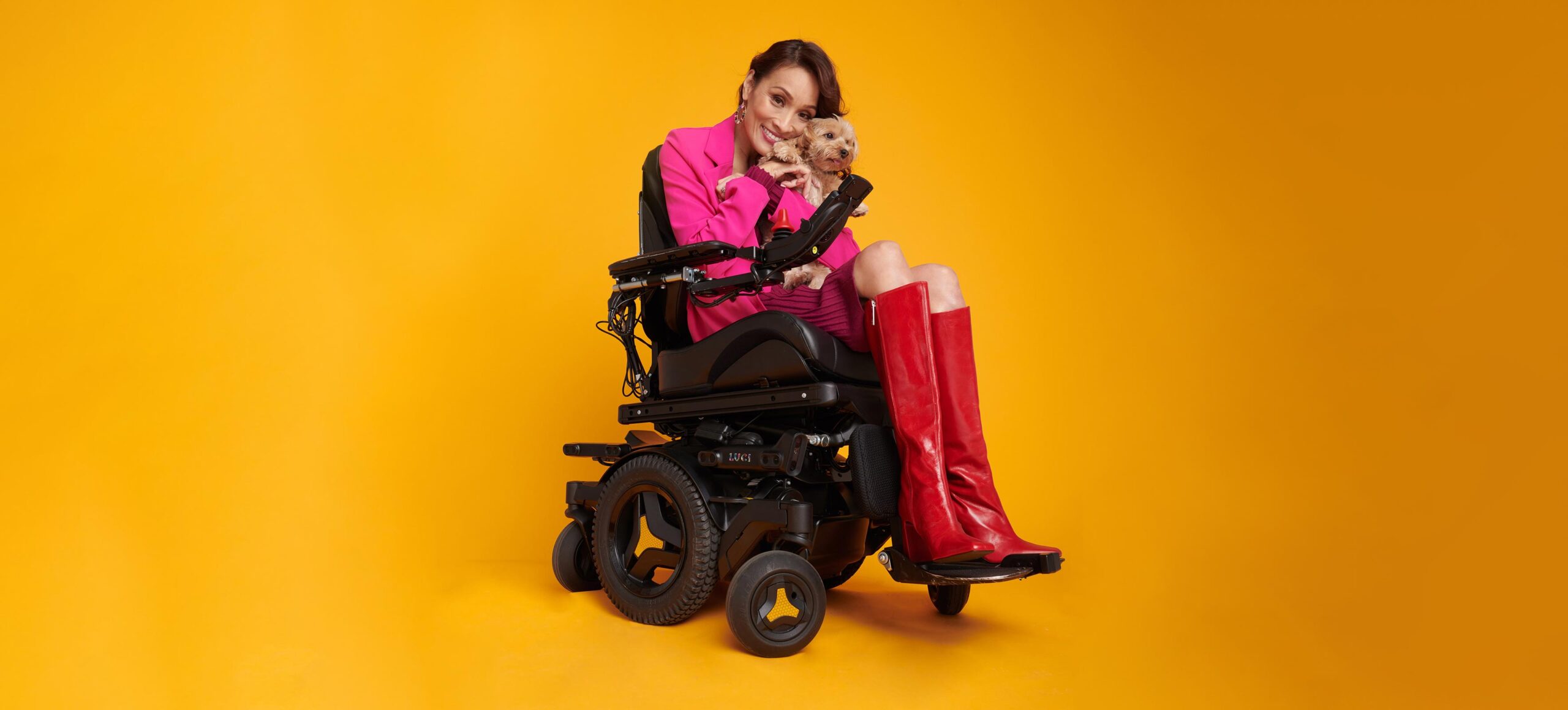LUCI, a powerchair add-on developed by entrepreneurial brothers Jered and Barry Dean, is finally bringing smart autonomous technology to a stagnant sector starved of innovation for decades.
Released in February 2021 and named as one of Time Magazine’s ‘Best Inventions of 2020,’ LUCI uses multiple cameras, radar and ultrasonic sensors to help prevent wheelchair accidents, including collisions, tipping over, or curb drop-offs.
Powered by an ARM processor, LUCI can pre-emptively avoid accidents by automatically bringing the chair to a halt, while additionally providing riders with increased connectivity.
This includes enabling users to monitor and share data like their chair’s charging status and location with friends and family. The MYLUCI portal is also integrated with Amazon Alexa, so users can check their battery power via voice comand.
Keeping it in the family
LUCI’s development journey began back in 2017 when Nashville-based songwriter Barry Dean started looking for a safer, smarter wheelchair for his daughter Katherine (20), who was born with cerebral palsy.
Katherine had previously sustained injuries from her wheelchair tipping over and more recently, Barry had discovered that the elderly mother of one of his fellow songwriters had endured a similar experience.
Despite trawling the internet and attending industry trade shows, Barry and his brother Jered, a systems engineer who now serves as LUCI’s Chief Technology Officer, were alarmed to discover that no such solution was available on the market.
Perplexed as to why the buzz around increased safety features, automation and connectivity in motor vehicles developed by the likes of Tesla, appeared to have little carry through to the power mobility sector, the brothers resolved to do something about it themselves.
“I’m a songwriter and there were people who told me, ‘Hey, you don’t want to get into this space. You don’t want to create a company. Just wait for the industry to do it and enjoy writing songs,’ says Dean.
“But, before I was a songwriter, I worked in various industries and I did some research,” he continues.
“I concluded that these types of developments could be up to 20 years away and I’m not prepared to give up Katherine’s life waiting on the industry to get around to doing this.”
A dangerous road ahead
Naming their company after Katherine’s favorite Beatles song, “Lucy In The Sky With Diamonds,” the brothers were quick to learn that the issues they sought to address were rife amongst powerchair users.
Electric wheelchairs can weigh up to 400 lb and can easily lead to broken bones when landing on top of a rider.
According to the company’s website, 87% of power wheelchair users have reported at least one tip or fall in the past three years, while there are 175,000 visits to the emergency room annually as a result of wheelchair accidents.
Wanting to be driven by the data, early in their research phase, the brothers engaged the services of Dr. Mathew Maltese, an Adjunct Professor in the University of Pennsylvania’s Department of Bioengineering and an Associate Fellow at the Center for Injury Research and Prevention at the Children’s Hospital of Philadelphia.
Maltese set about undertaking compelling research on power wheelchairs using crash test dummies summarized in a powerful video on the website, which revealed some shocking insights.
Referring to one of the simulated crashes, Maltese said, “It was a direct impact to the kneecap driving loads through the femur to the pelvis. That’s very similar to what happens in a car crash in frontal impact where the knees go into the knee bolster or the portion of a dash that’s below the instruments on the driver’s side.”
Further adding, “The forces that we observed in the wheelchair crash actually exceeded the limits that are allowed by federal law for a car in a car crash.”
Starved of innovation
Dean maintains a viewpoint on why there has been such a meager level of innovation in the power mobility market in recent years. Although, he caveats this:
“There continues to be a lot of wonderful mechanical innovation in the wheelchair sector,” he says.
“However, it also feels like this market has almost been protected from the passage of time when it comes to digital tools and cloud connectivity,” he continues.
“The industry almost seems to have fallen into this gap between technology and medical services, and maybe, in terms of marketing, it’s become an unnecessary expense because there’s always going to be a dad like me with a daughter like mine, or a person who’s just received a diagnosis, or someone that has suffered a traumatic injury.”
Dean also addresses the huge roadblock of Medicare insurance codes, “In the seating and mobility world, if there isn’t a code already specified, nobody will build anything for it. So, if you don’t build it first, you can’t get a code.”
“I know some manufacturers are trying to bring pressure to bear on that but it’s a huge risk for them,” he explains.
“If, for instance, a company wanted to introduce a smaller chair for young kids and the coding hasn’t been properly worked out – they’re taking a huge risk proceeding with it.”
Betting on a smarter future
LUCI currently retails at $8,445, which needs to be set within the context of power chairs themselves often costing anything from $30,000 to $90,000.
The technology is currently compatible with Permobil power chairs which account for around 40-50% of the market and In February, the company announced a distribution partnership with National Seating & Mobility, North America’s largest provider of mobility solutions.
Over time, the more integrated and widespread the technology becomes, the greater the opportunity for providing researchers with much-needed large-scale anonymized data sets on all aspects of powered wheelchair use, from average distances covered to seating positions.
Recently, Jered Dean authored a whitepaper entitled, “Judging Smart: A Framework for Assessing “Smart” Technology in Power Mobility Today,” which explores critical issues like data security and identifying the sweet spot between automation and the rider maintaining a sense of independence.
“Some people might say we are a disrupter for the industry,” says Barry Dean.
“But I prefer the term catalyst,” he continues.
“As a team, we’re going to put our money and our time where our mouth is and do our best to get this right because the future is going to bring with it so many more areas we want to address.”
Certainly, enabling power chair users with reduced confidence or manual dexterity to reliably access the world around them has to represent a great starting point.














